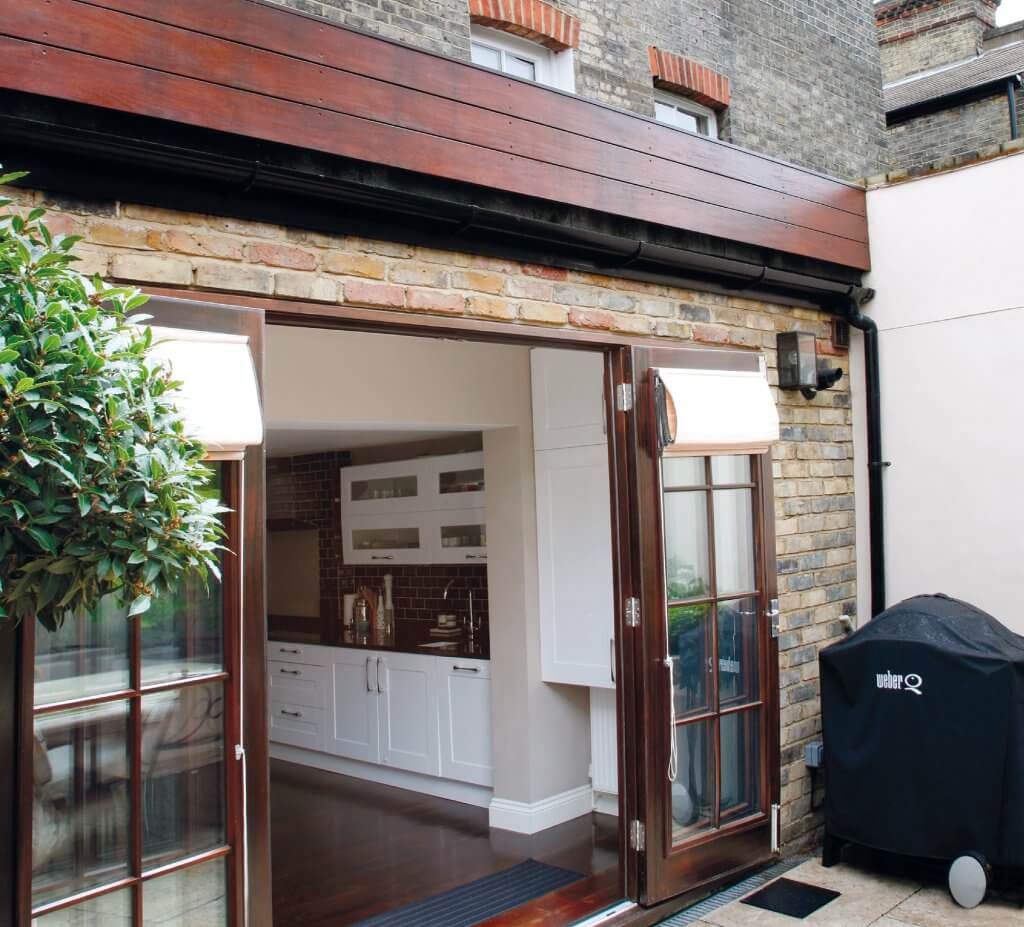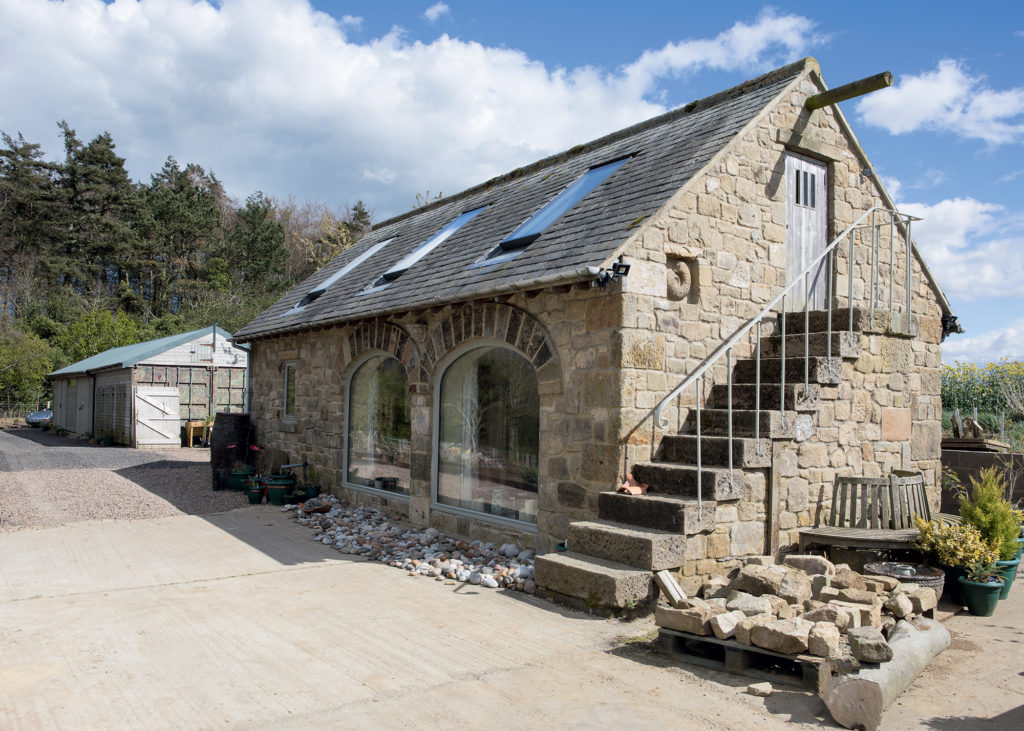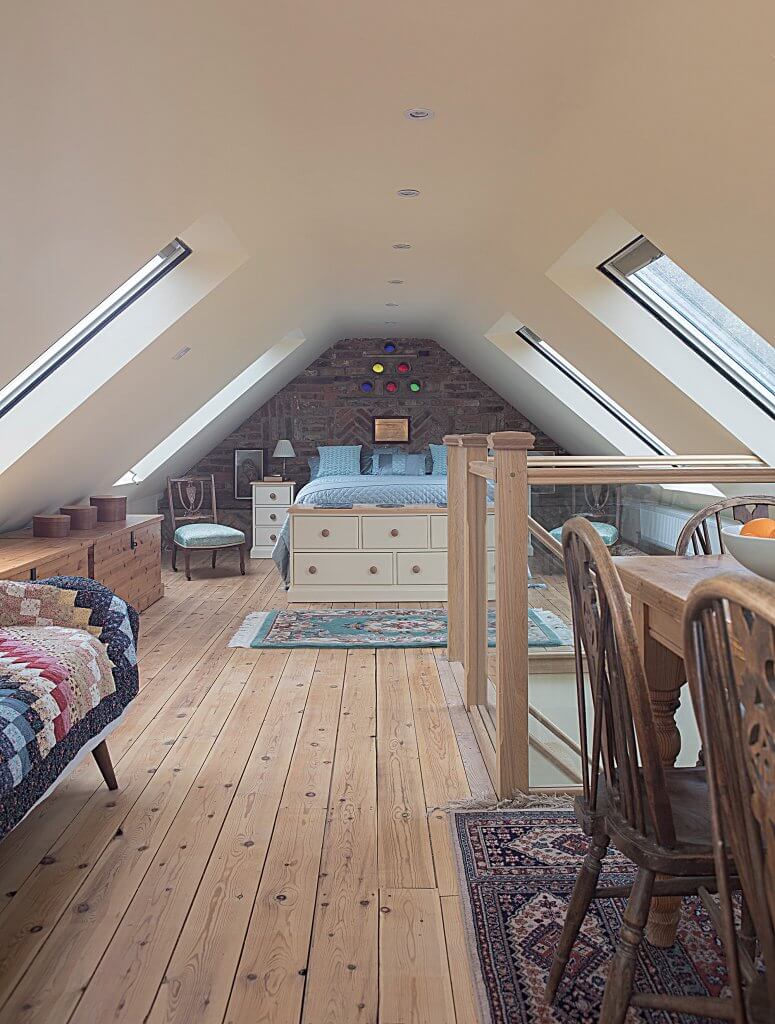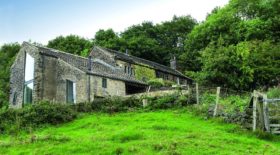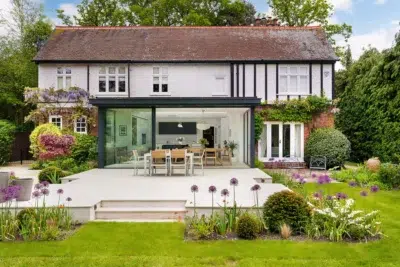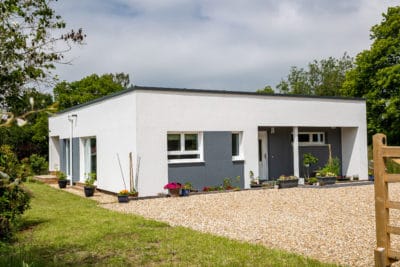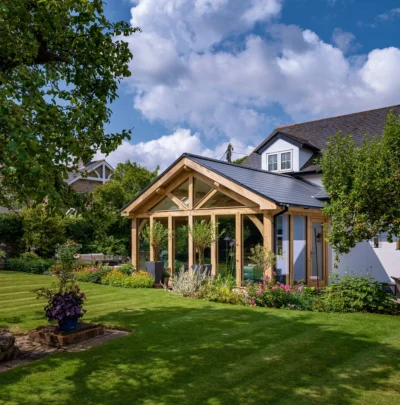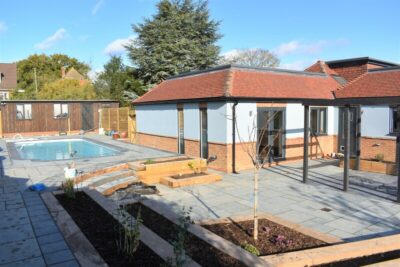Applying for a Lawful Development Certificate
Some of the most popular home building projects involve works that can be completed without the go-ahead from the planners.
Perhaps the scheme counts as permitted development (PD, a type of pre-authorised work) – or maybe it doesn’t need any formal approval at all. The trouble is it’s not always easy to tell where the lines are drawn.
That’s where lawful development certificates come in (also known as LDCs and as certificates of lawfulness). As the name suggests, they provide a way for you to get the council to determine whether an existing building and its use, or a proposed future development, is lawful.
So, let’s take a look at why they’re useful, when it’s necessary to apply for them and how to go about it.
The basics
If you’re contemplating a project involving permitted development – such as a small extension – applying for an LDC is the only way to be 100% certain that the council agrees your scheme would indeed be classed as PD.
Seeking an informal opinion from a planning officer is no substitute for the certainty a lawful development certificate brings to your scheme.
There are also projects, such as creating an annex from a garage or putting a mobile home in your garden, where planning permission may not be needed at all. An LDC provides legal confirmation that the council agrees your scheme doesn’t need consent.
If you’ve altered your house without consent, extended your garden or broken a condition on a planning permission, over time the council may no longer be able to take enforcement action against these changes – and they therefore become lawful.
If you’re selling a property where this is the case, or raising finance to buy it, an LDC is a great way to establish beyond doubt that any changes you or the owner has made to it are authorised.
Applying for a lawful development certificate is similar to submitting for planning, in that there are forms to fill out, drawings to prepare and an application fee to pay the council.
The key difference is that, with an LDC, the local authority will only look at the purely legal question of whether the development is (or would be) lawful. Whether it’s in line with or contrary to planning policy is neither here nor there.
An additional benefit is that, unlike planning permissions, no conditions can be applied. If an LDC is refused, you can appeal.
Future projects
Permitted development rules are rife with qualifications and exceptions and their interpretation isn’t always straightforward. PD rights can also be removed by conditions placed on planning consents or by wholesale action from the council (via what’s known as an Article 4 Direction). This situation is most commonly encountered in conservation areas.
So, if you’re thinking of extending or altering your house under permitted development, it’s sensible to apply for an LDC before you start the works to ascertain whether your project qualifies.
Bear in mind that refusal of a lawful development certificate for this kind of scheme doesn’t necessarily mean the council wouldn’t grant consent; it just indicates that formal planning permission would be needed (alternatively, you could change the design to fit within PD).
I’d also recommend this route for potentially expensive projects, such as using your garage or other outbuilding as an annex, or putting a mobile home or portable office pod in your garden.
The legal arguments in support of such structures and uses are complex, and not at all well understood by some council planning officers. It’s advisable to take professional advice from a planning consultant on this type of application, in order to ensure you are able to put forward a robust case.
Future projects: How to apply
For this type of LDC application you need clear plans showing what’s there now and what you intend to build. A statement explaining why you think the scheme would be permitted development is a good idea as well.
The council’s fee for future works is half the normal planning application fee. So, for works to an existing house in England, that’s only £117 (as of 17th January), which isn’t bad for the peace of mind an LDC provides.
Existing structures
If you want to establish the lawfulness of something that was built either without consent or in breach of a planning permission, then timing is critical. If this kind of situation affects you, the last thing you want to do is to apply too early and thus notify the council that there’s been unsanctioned development at your property.
The general rule is that physical works become lawful after four years, while changes of use or breaches of conditions require 10 years to pass. The exception is the conversion of a building to a separate dwelling, where the four-year rule holds sway.
Existing structures: How to apply
When you apply, the onus is on you to provide sufficient evidence to show that, in the balance of probabilities, the necessary time period has passed.
This might include things like invoices from when the works took place, dated photographs and sworn statements. The latter must be specific and make clear exactly what was known about the development, when and how.
Applicants’ statements are invariably necessary, but an account from a third party – a regular visitor to the property, for example – adds weight to the case. If you’re trying to prove that, say, an outbuilding has become a separate dwelling, then dedicated services bills could provide useful evidence.
It’s advisable to err on the side of caution with these types of application because the council might be looking for excuses to refuse – especially if they wouldn’t normally have granted permission for the development had a planning application been made.
Neighbours and parish councils can occasionally come up with all sorts of (sometimes quite spurious) counter-evidence, too, so be ready to defend your position if they do.
Fees for LDC applications for existing works or uses are the same as going in for full planning consent.
Application tactics
When making a planning application, a useful tactic is to say the thing you’re applying for isn’t a lot different to what could be achieved under permitted development. This fall-back position could apply to an extension, for instance, or to a replacement house.
Unless they think there’s a realistic chance of the project going ahead, councils and appeal inspectors tend not to take too much notice of fall-back schemes. Having plans drawn up and obtaining an LDC therefore provides solid evidence of a genuine intent to build something, should the planning application be refused.
I know of an enterprising self-builder in the Surrey Green Belt who applied this tactic to show that he could build all manner of extensions and roof alterations perfectly lawfully.
He was then able to successfully use this fall-back to justify an alternative remodelling of his house that wasn’t permitted development and was much bigger than the council’s Green Belt extensions policy would normally allow.
Need to know
LDCs take you away from the normal planning world of politics, policies and subjective decisions about character, design and whether your development will impinge upon your neighbours.
Although this means they are arguably more straightforward, they can take you into complex areas of planning law, and the correct interpretation of it.
So if you require an LDC to verify something relatively straightforward, like an outbuilding constructed five years ago without permission, then by all means deal with it yourself.
But if you want to house family members in a mobile home in your garden, then seeking professional advice is essential as the council can’t be relied upon to know or understand the relevant law and precedents.
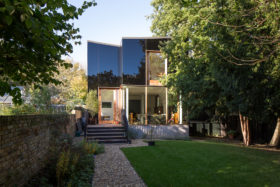
































































































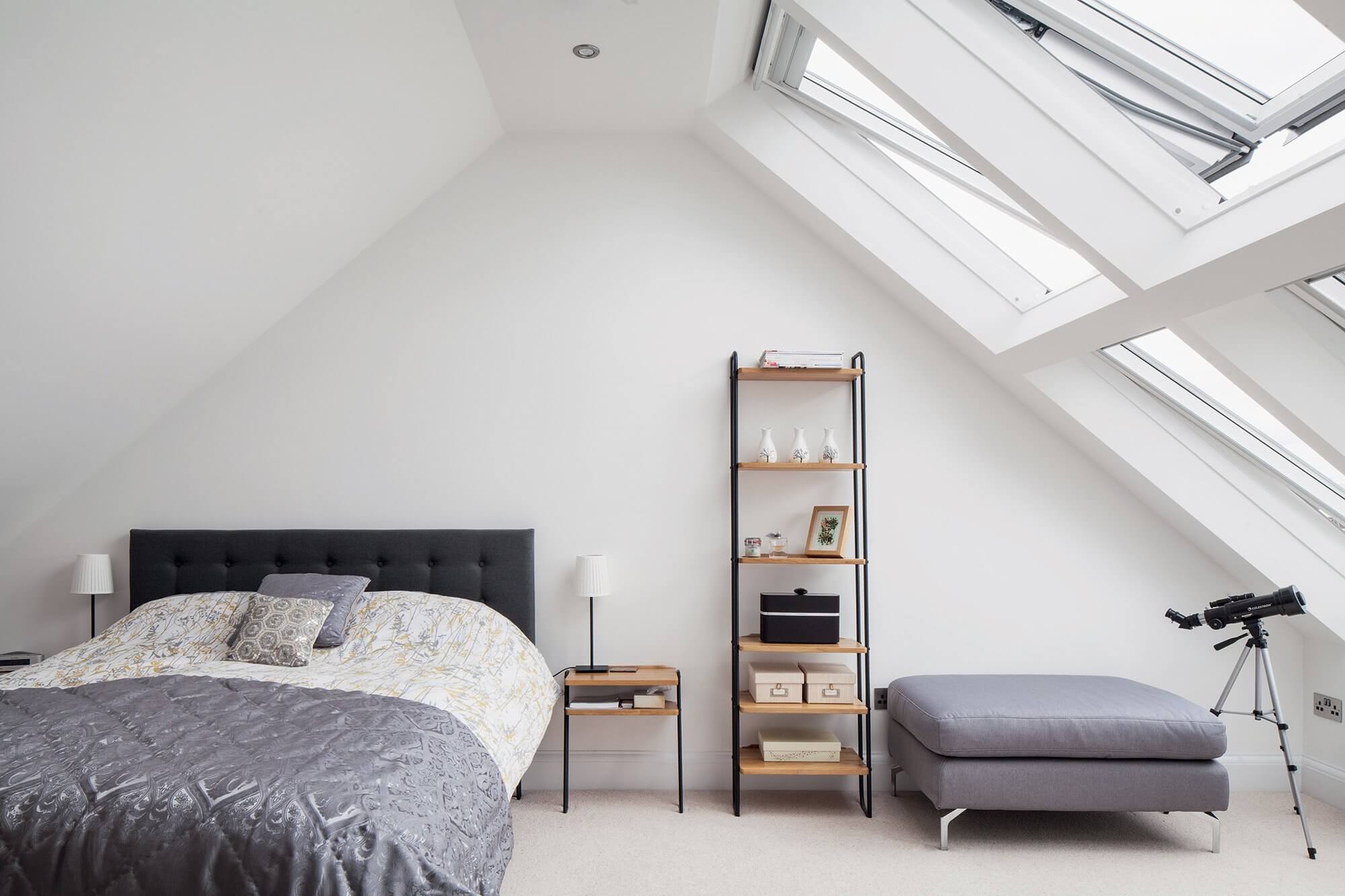
 Login/register to save Article for later
Login/register to save Article for later

